Have you ever wondered why some dogs seem to pick up commands faster than you can teach them, while others look at you with that perfectly innocent expression that clearly says “I heard you, but I’m choosing to ignore you”? The truth is, training success often comes down to choosing the right breed for your experience level and lifestyle.
Training a dog isn’t just about intelligence though. Some of the most brilliant breeds can also be the most challenging to work with. Meanwhile, other dogs practically train themselves with their eagerness to please and natural desire to work alongside humans. Let’s explore which breeds will make your training journey a breeze, and which ones will test even the most experienced dog handlers.
Border Collie: The Einstein of the Dog World
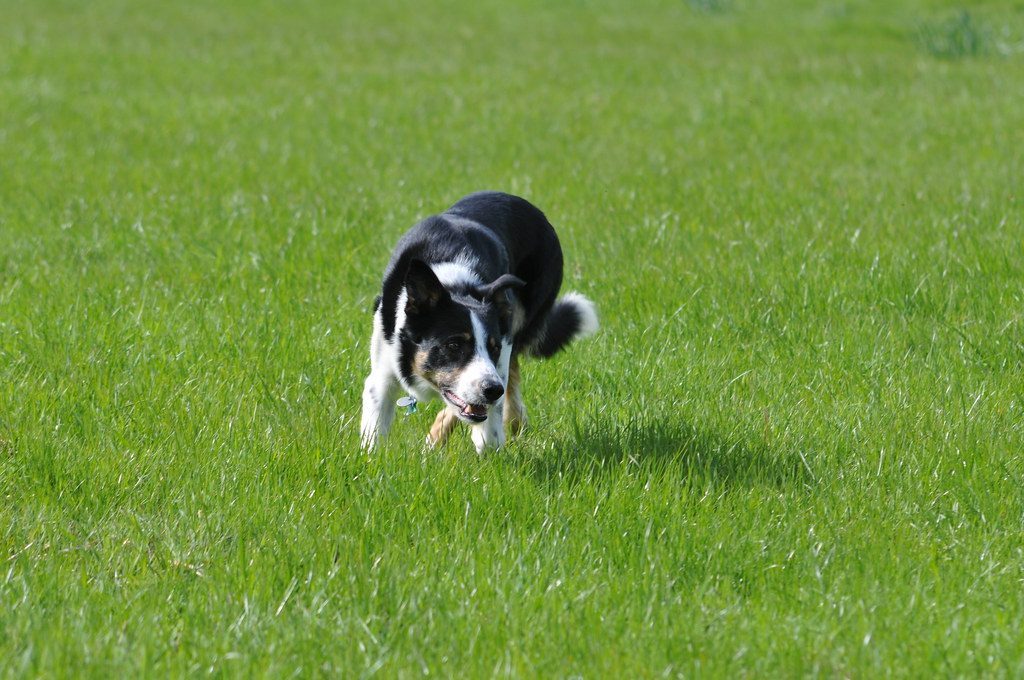
The Border Collie is a whip-smart workaholic. They learn remarkably fast, and you might find them looking at you as if to say, “Is that all you wanted?” These incredible dogs were originally bred for herding sheep on the rugged Scottish borders, which explains their incredible work ethic and problem-solving abilities.
While we may never know for sure if Border Collies are the smartest dogs, research suggests these eager and energetic pups live up to their reputation for intelligence. In addition to basic canine commands, these pups do well with agility training and more advanced obedience skills. If you can keep up with their high energy, this breed is easy to train and eager to learn. The key is giving them enough mental and physical stimulation to prevent boredom.
Golden Retriever: America’s Sweetheart
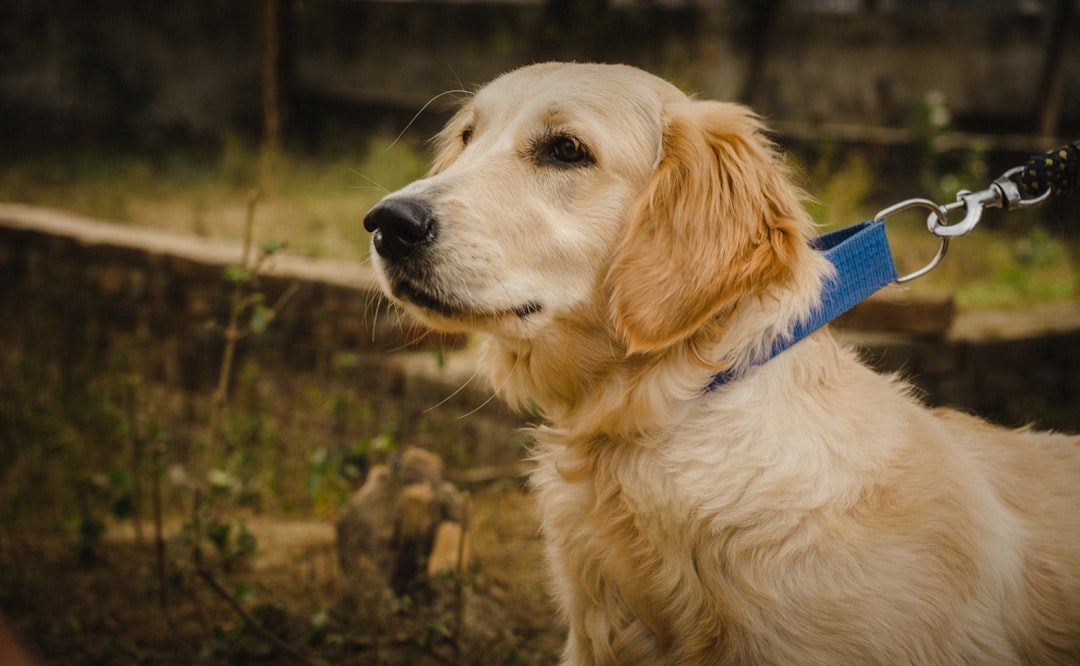
Consistently near the top of the most popular breeds list, this beautiful and friendly dog is also very trainable and eager to please. Golden Retrievers can be silly and fun, but don’t underestimate their brainpower. Their gentle temperament makes them perfect for families, while their intelligence makes training sessions enjoyable for everyone involved.
Golden Retrievers are not only one of the most popular family dog breeds, but they’re also highly trainable. They are intelligent, friendly, and eager to please, making them excellent candidates for obedience and retrieval training. Their natural food motivation and desire to make their owners happy creates the perfect storm for successful training.
Labrador Retriever: The People Pleaser
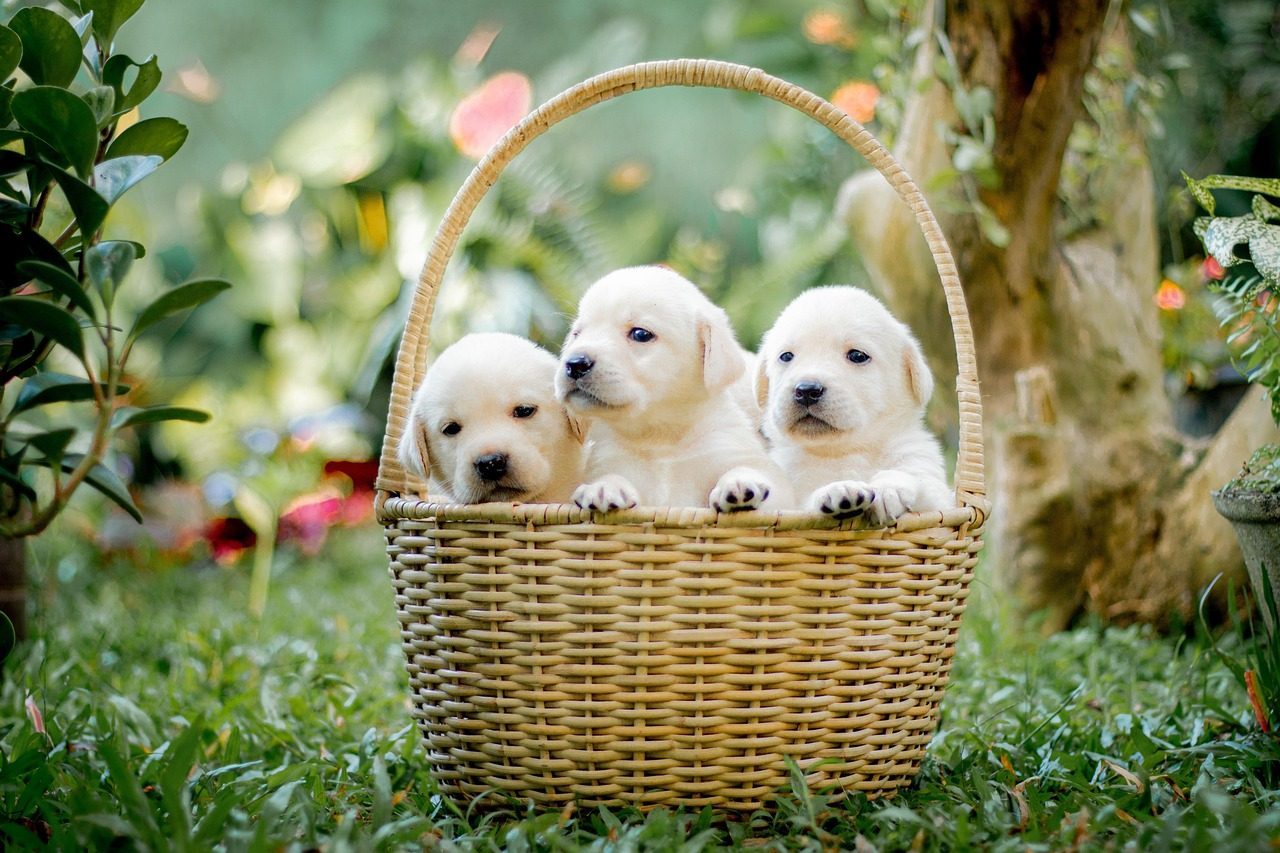
It’s no surprise that Labrador Retrievers make the top of the list. Labs are intelligent, energetic, and eager to please. These characteristics make them highly trainable dogs. Originally bred as fishing dogs in Newfoundland, they developed an incredible work ethic and natural desire to retrieve.
Labs are known for their friendly and outgoing personalities, and they’re also among the easiest dogs to train (their very high food drive doesn’t hurt, they’ll do backflips for a treat!). They’re bred to be people-pleasing, stable and confident, which makes them an excellent family pet – they are not easily fazed. They are intelligent and have a strong desire to work and learn with their favourite humans.
German Shepherd: The Loyal Protector
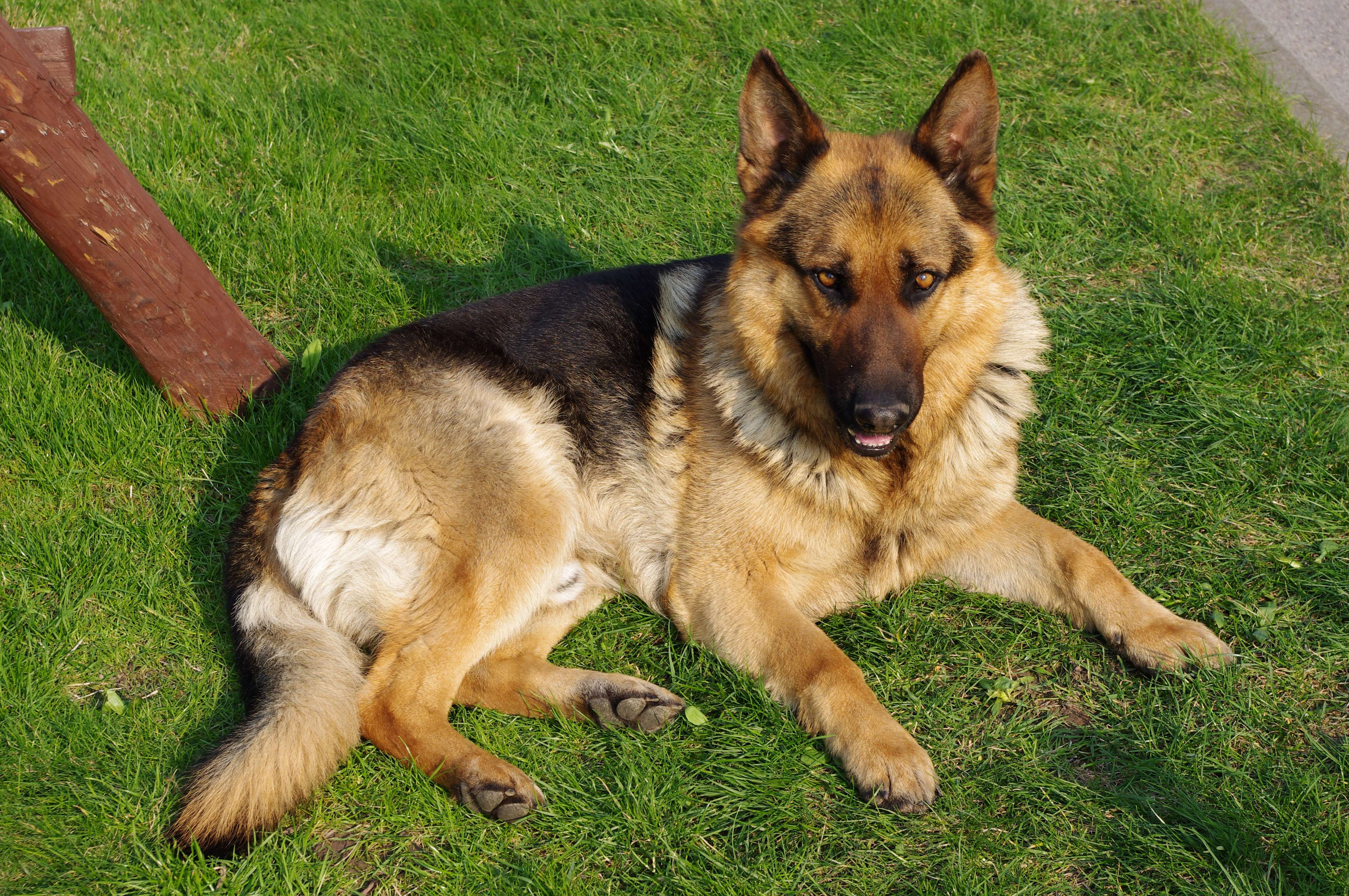
There is good reason this large and powerful breed is often used for police and military work. The German Shepherd Dog is a tireless worker and wants nothing more than to please their handlers. Their intelligence combined with their natural protective instincts makes them incredibly versatile working dogs.
German Shepherds are not only known for their loyalty and protective nature but also for their ease of training. They are highly intelligent, loyal and courageous and tend to have a great rapport with their handler, which contributes to their trainability. However, they do require consistent, firm leadership and plenty of mental stimulation to reach their full potential.
Poodle: The Elegant Genius
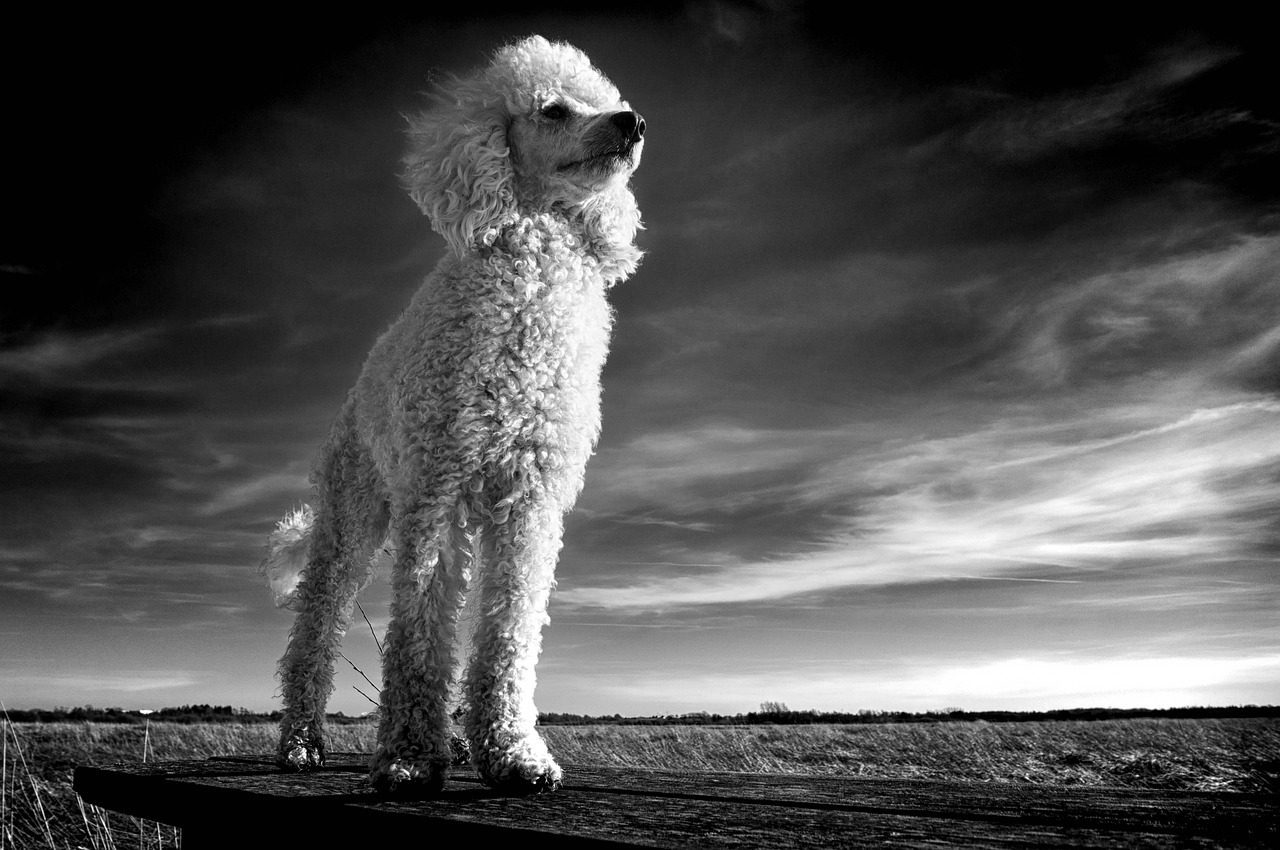
The Poodle is intelligent, keen to work, and eager to please. No matter the size, these dogs will happily learn whatever you choose to teach. Whether you choose a Standard, Miniature, or Toy Poodle, you’re getting a highly trainable companion with an impressive intellect.
As many professional dog trainers and pet owners alike will tell you, all three types of Poodle – Standard, Miniature, and Toy – tend to do well at training! These intelligent and elegant dogs also come with a high desire to please their humans, allowing them to excel at obedience training and various dog sports. Though often not thought of as working canines, Poodles also tend to make excellent service dogs.
Papillon: Small Dog, Big Brain
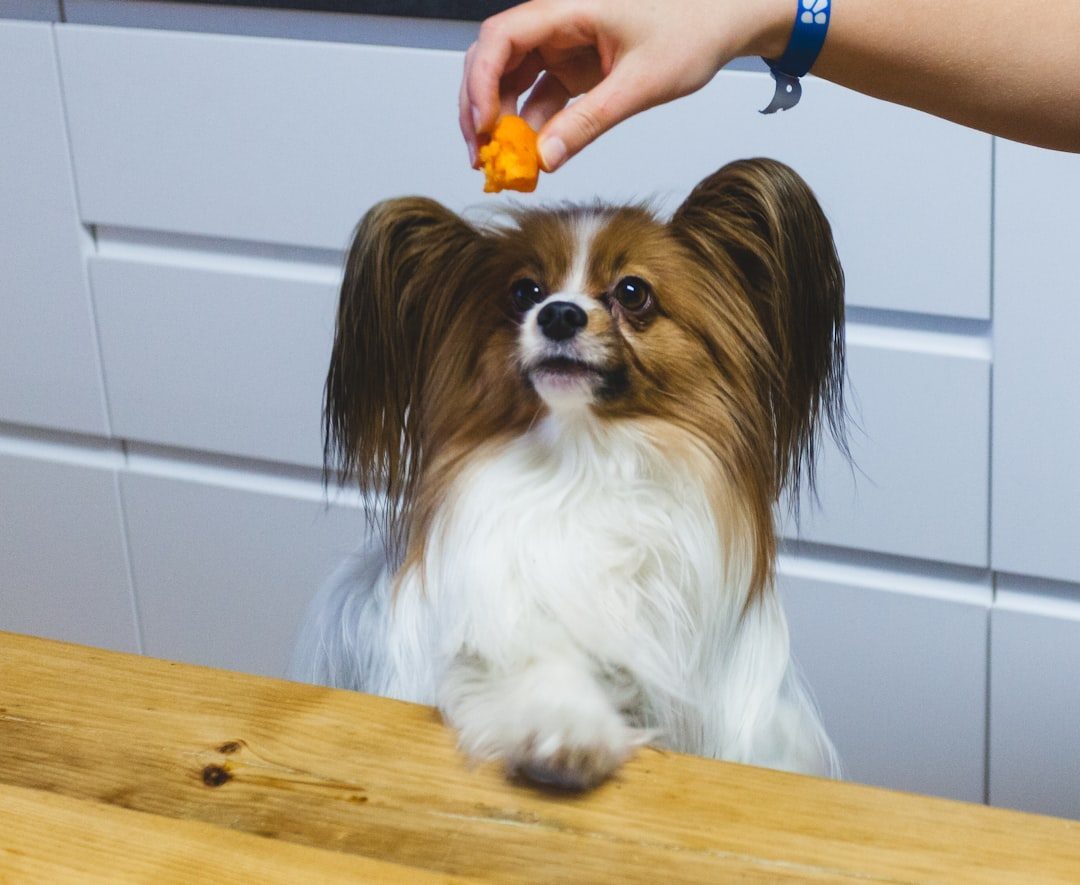
Named for their butterfly-like ears, this alert toy breed is eager to please their owners. Papillons are curious, quick studies, and enjoy learning new things. Despite their tiny size, these dogs pack serious intelligence and athleticism into their compact frames.
Despite their small size, Papillons are known for their intelligence and agility. Papillons are great, easy to train, small dogs who are highly intelligent and friendly. They are tenacious and do wonderfully in obedience training. Their combination of intelligence and eagerness to please makes them surprisingly easy to train compared to many other toy breeds.
Shetland Sheepdog: The Gentle Herder
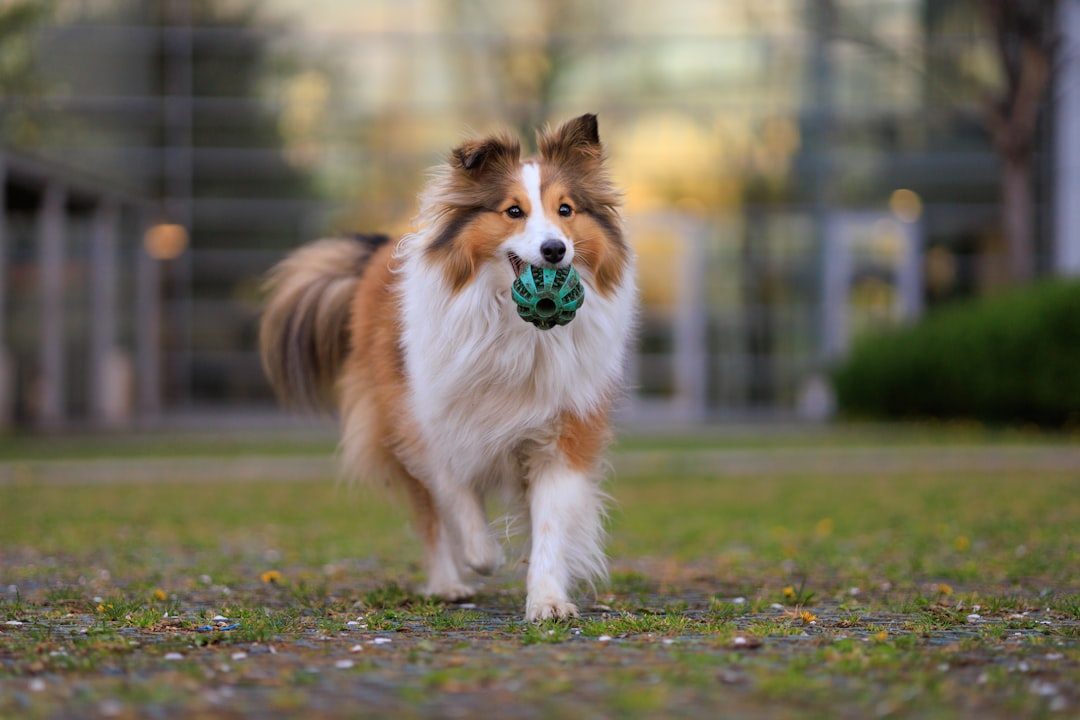
This gorgeous herding breed is playful, affectionate with family, and loves to learn new behaviors. Shetland Sheepdogs make excellent competitors in dog sports such as agility or obedience. These medium-sized dogs offer the intelligence of their larger herding cousins in a more manageable package.
Don’t let their small size fool you – Shetland Sheepdogs, or “Shelties,” are brilliant. Bred for herding, they’re quick, agile, and love mental challenges. Shelties are excellent at learning commands and often excel in dog sports like agility and obedience trials. Their gentle and affectionate personalities make them well-suited for family life.
Doberman Pinscher: The Athletic Scholar
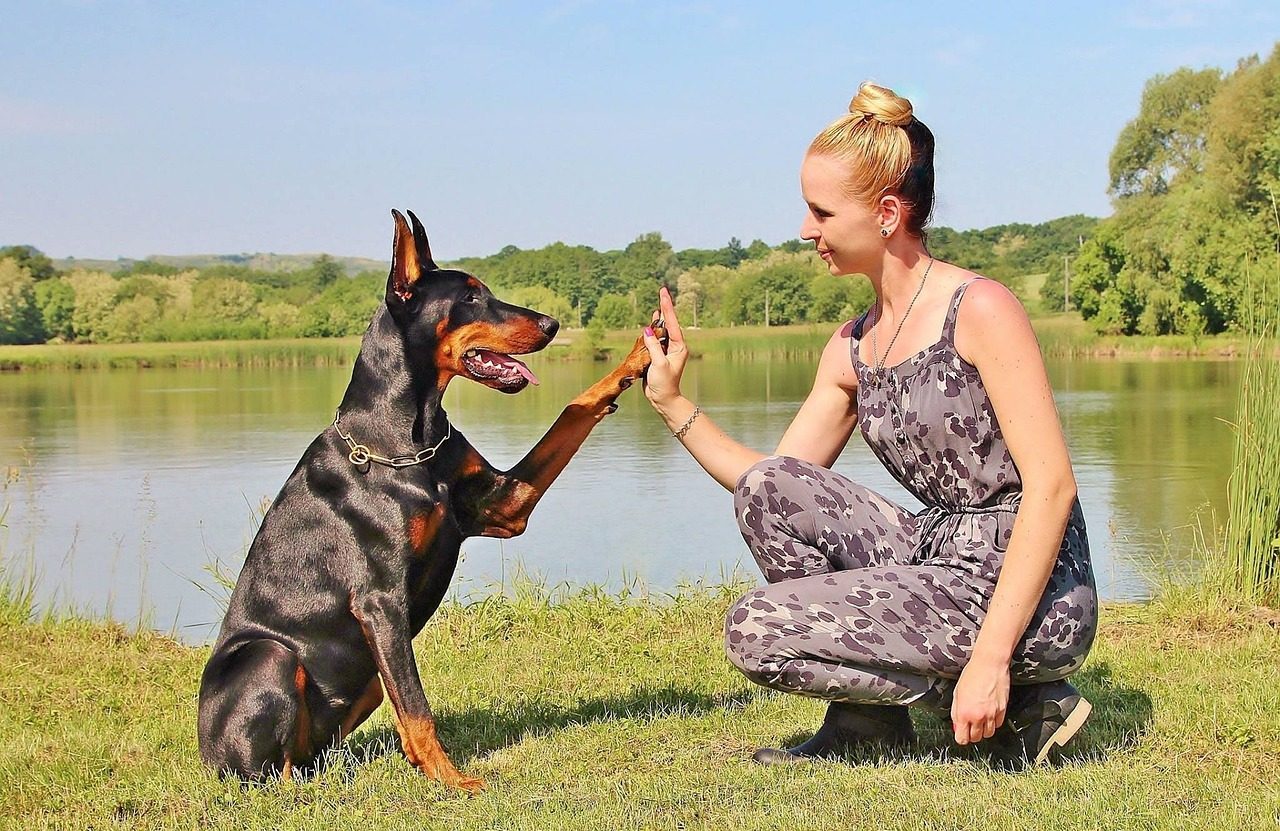
Another common police and military breed, the commanding Doberman Pinscher is a fearless and loyal companion. They are enthusiastic workers and are renowned for their ability to learn and retain their training. These sleek, powerful dogs combine athleticism with remarkable intelligence.
Dobermans thrive when trained with consistency and firmness balanced with affection. They are not only protective but also affectionate companions, making them great family dogs when given proper guidance. Their natural desire to work and please their handlers makes training sessions productive and engaging.
Rottweiler: The Gentle Giant

An imposing breed, the large Rottweiler is a natural protector that thrives when they have a job to do. That means that not only is the Rottweiler extremely trainable, but training is essential to their happiness. These powerful dogs were originally bred to drive cattle and pull carts, which required both intelligence and the ability to work independently.
These dogs are smart, loyal, and capable of learning and following complex commands, according to Gonzalez, so it’s no surprise that they make his list. “Teaching your dog to wait before eating a treat placed in front of them is a great way to practice impulse control,” he says, suggesting that you begin the training process by starting with short wait times and then gradually increase the duration as your dog gets better at it.
Pembroke Welsh Corgi: The Royal Comedian
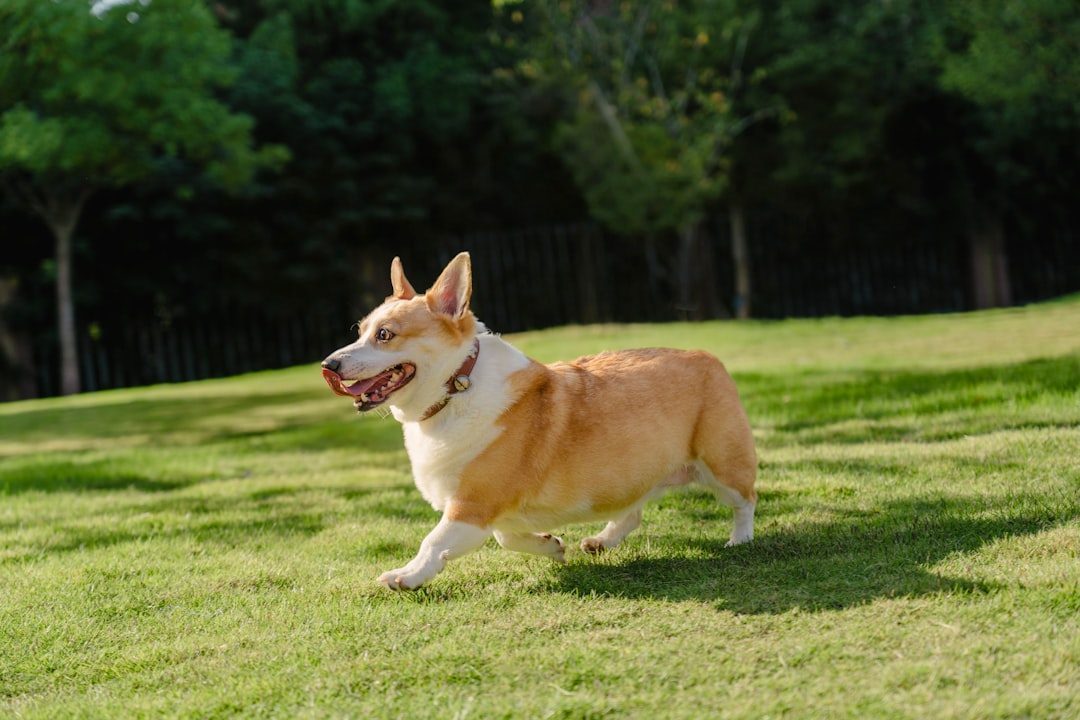
The Pembroke Welsh Corgi is a breed that responds wonderfully to training and is an enthusiastic dog sport competitor. These relatively small dogs are playful and keen to please their owners. Despite their short legs, these dogs have huge personalities and incredible intelligence.
This low-set and active dog is surprisingly powerful for their small size. The Pembroke Welsh Corgi is a breed that responds wonderfully to training and is an enthusiastic dog sport competitor. These relatively small dogs are playful and keen to please their owners. Their herding background means they’re natural problem solvers who genuinely enjoy learning new skills.
Afghan Hound: The Independent Aristocrat
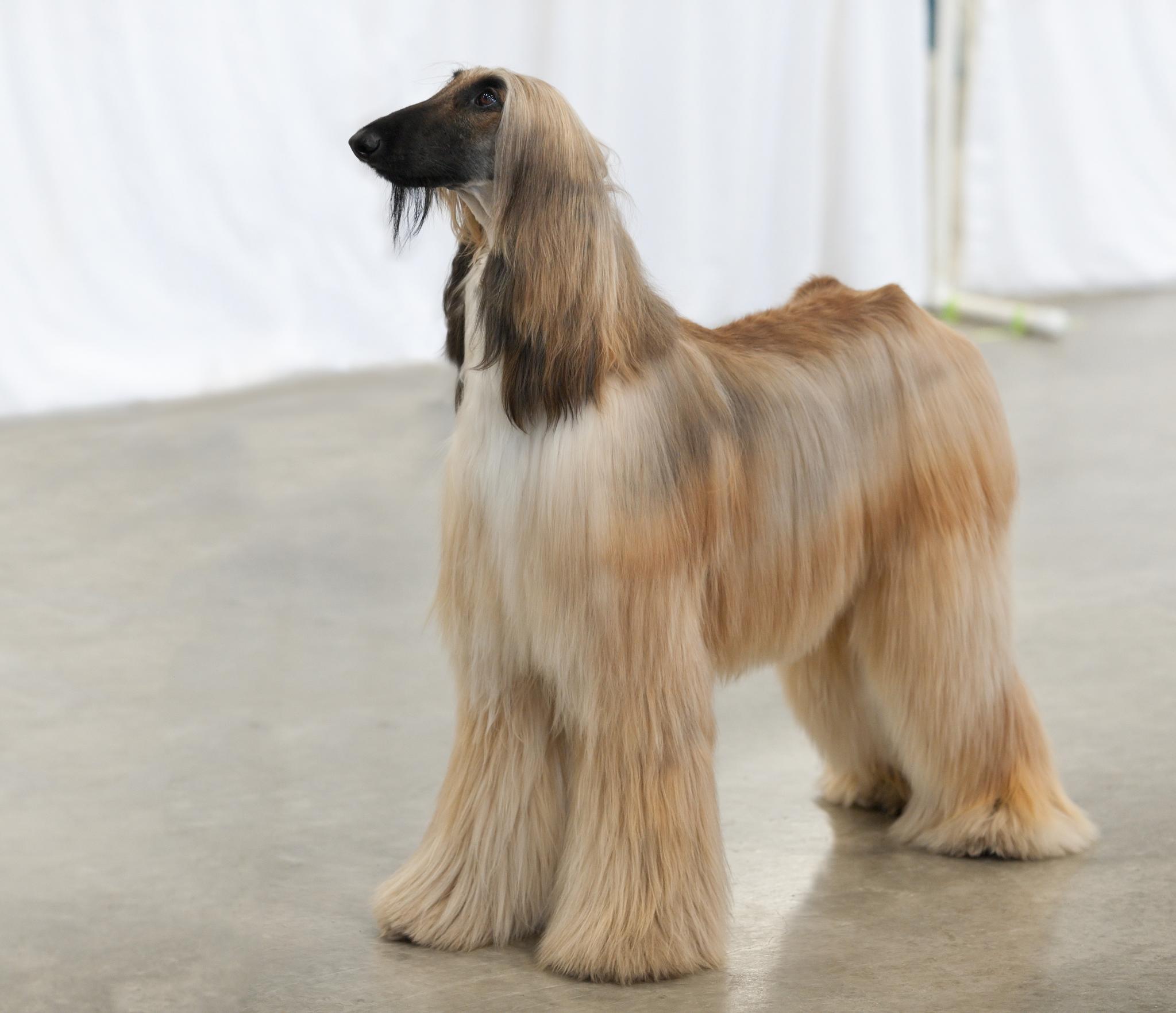
Now we move into more challenging territory. Dignified and sophisticated, a strong stature, elegant in looks – Afghan hounds are an ancient breed that are the “royals” of the dog world. While they have a noble heart and will serve their kingdom (aka you and your home) with utmost loyalty, they are renowned for having a will of their own. They are individualistic to the point of stubbornness, and at times they can be extremely aloof, making it hard to grasp and maintain their attention. These aspects make training – which requires a dog’s willingness and undivided focus – a heck of a challenge.
Afghan Hounds are known for their beauty and intelligence, but they are also one of the most independent dog breeds. They can be aloof and often choose to listen to commands on their own terms. Their hunting background means they were bred to think independently and make their own decisions, which doesn’t always align with obedience training goals.
Siberian Husky: The Beautiful Escape Artist
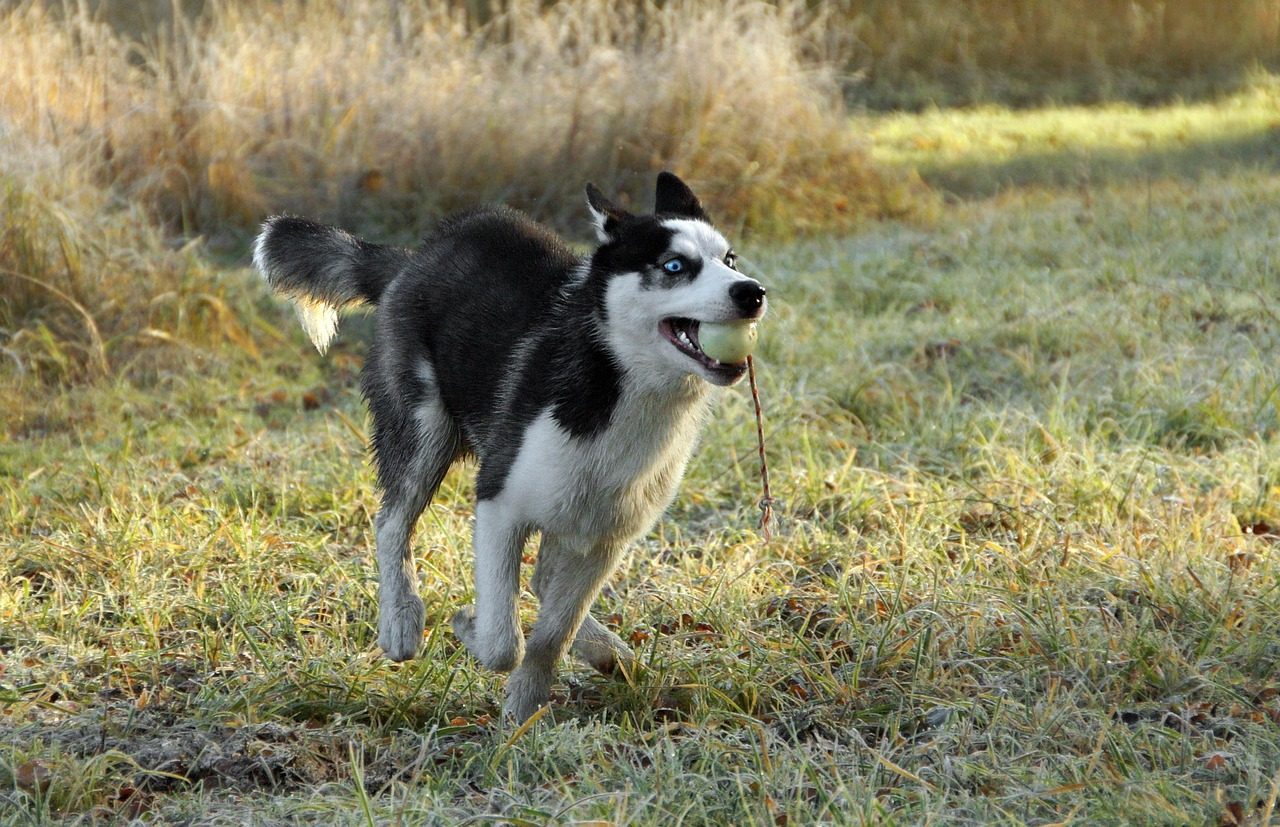
Siberian Huskies are known for their gorgeous appearance and high energy levels. Because they’re a very active breed, they need dedicated training. This breed will act out if they get bored. You could pair this dog with another of the same breed, but you take a chance on it not working out.
Biggest Challenges: Stubborn, high energy, small prey drive, escape-artists of the dog world, very vocal (at all hours!) Ideal Living Situation: Experienced pet parent with active lifestyle. Huskies are famous for their stubborn behavior. Bred to pull sleds in harsh climates, they’re independent thinkers who love to run and explore. They often ignore commands, especially if off-leash. Their working background means they need a job to be truly happy.
Basenji: The Barkless Rebel
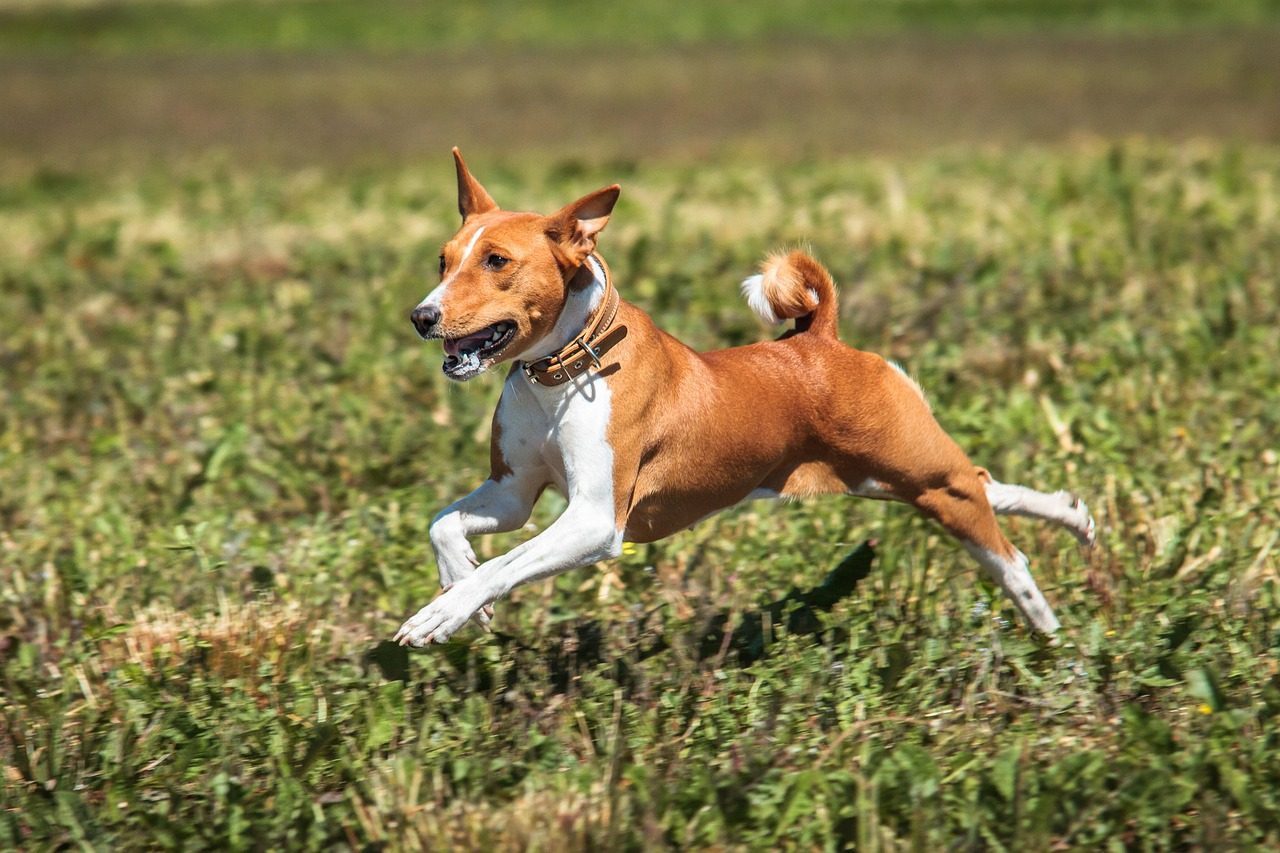
Basenjis are known for their cat-like personalities, being both independent and intelligent. This breed is notoriously difficult to train due to their stubborn nature. They are curious and easily bored, requiring creative training techniques to keep them engaged. Known as the “barkless dog,” they communicate in their own unique ways.
Also known as a barkless dog, this breed possesses a self-sufficient nature and is also intelligent – the key reason behind its non-obedience to your commands or training attempts. So, the Basenjis are considered one of the most stubborn dog breeds on the list. Basenji is a hunting breed that relies on their instincts and doesn’t really get a convincing point to follow the command. Their independent hunting heritage makes them more likely to trust their own judgment than yours.
Chinese Shar-Pei: The Wrinkled Warrior
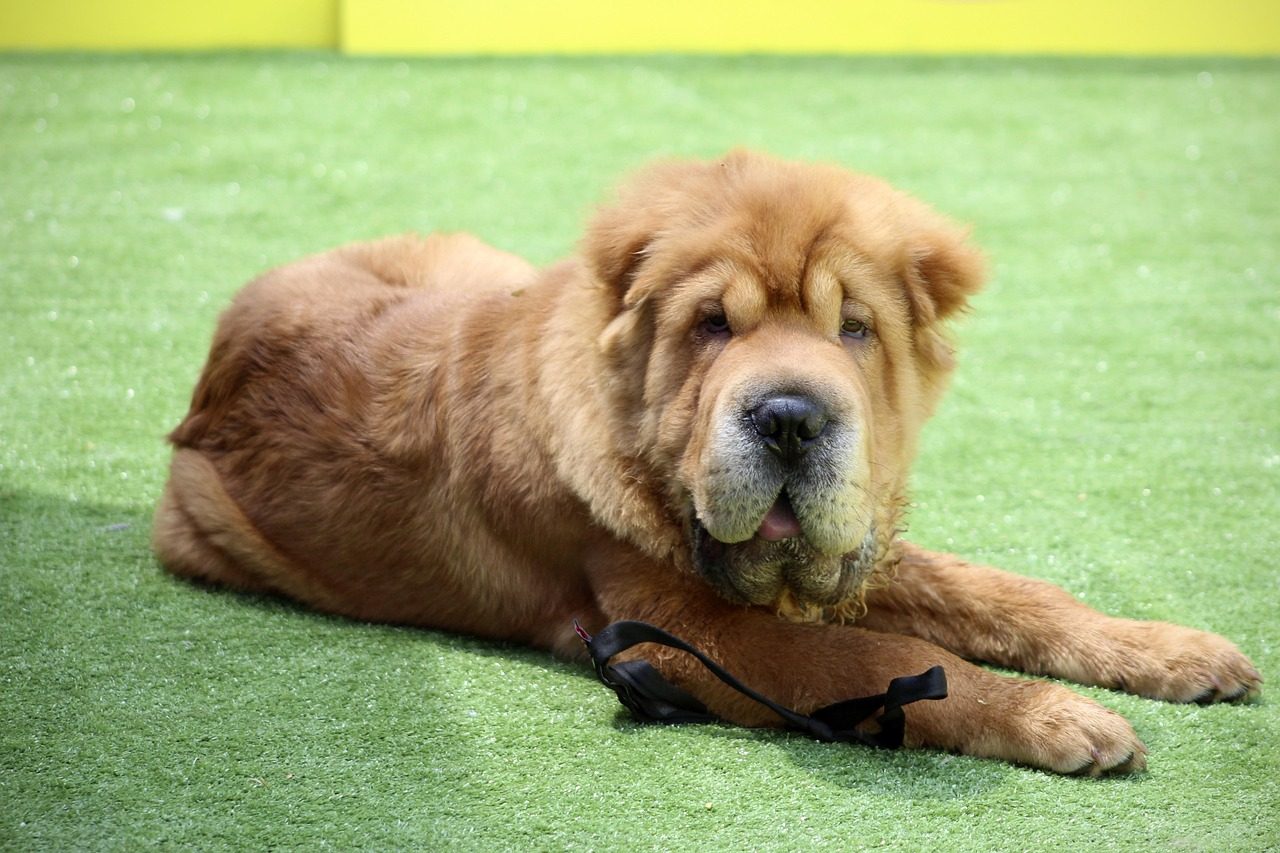
An American Kennel Club (AKC) expert on the breed has this to say about the Chinese Shar-Pei: “Get a jump-start on basic obedience, and don’t let [this] dog be the boss!” Truly, this statement couldn’t be more apt; Shar-Peis are smart and devoted dogs, but their independent thinking and love of doing things at their own pace can make training them a constant battle. They will take on a dominant role if given the opportunity.
The Chinese Shar-Pei is protective, independent, loving, loyal, and calm. Despite being stubborn, the Shar Pei is intelligent and a guardian. The key Shar Pei adjective here is independent because a dog (or person) with an independent mind doesn’t want to be bossed around (read, trained). Their guardian instincts mean they often prefer to make their own decisions about threats and responses.
Chow Chow: The Aloof Emperor

In looks and temperament, Chows are unique among dogs. Along with their trademark blue tongue, teddy bear appearance and scowl, Chows are also known for their aloofness and independence. Put simply, they’re “less eager to please than many other dog breeds.”
Training a Chow Chow to behave properly can be a difficult task for any owner. They are a dominant breed and can often be stubborn as well. A Chow Chow’s temperament can also lean toward the aggressive side, especially with strangers or other animals. They are also known to get jealous easily, and crave a lot of attention. Their independent nature means they often see training as optional rather than mandatory.
Conclusion
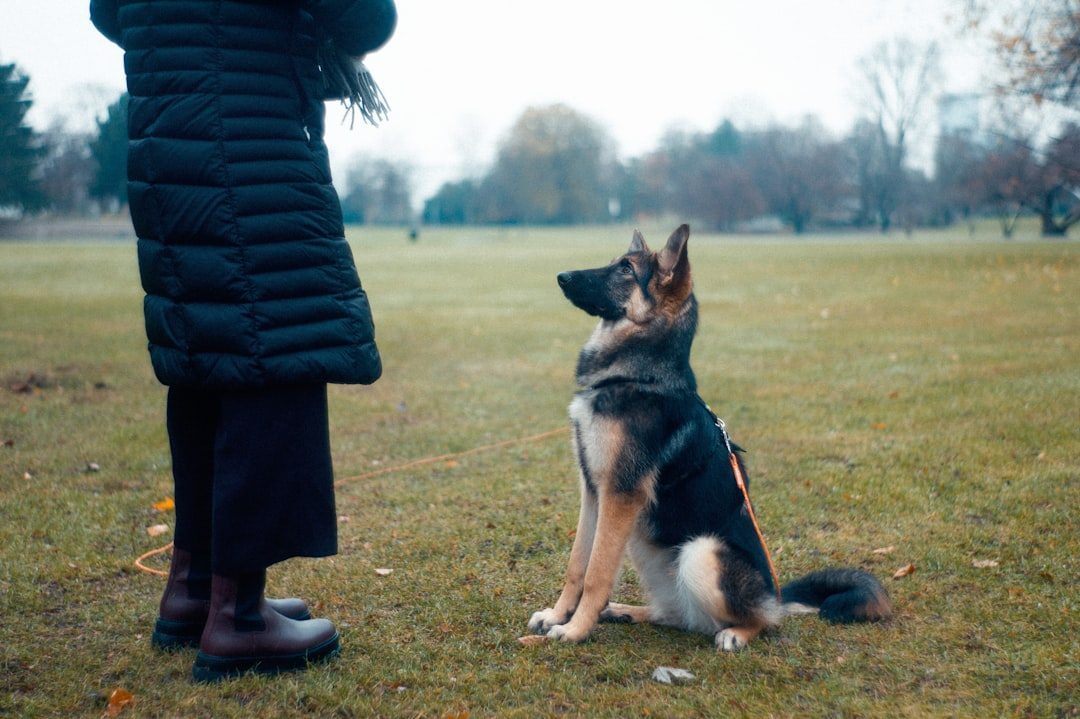
Training success ultimately depends on understanding what motivates your specific dog and matching your approach to their personality. The “easy” breeds thrive on praise, treats, and the simple joy of working with their humans. Meanwhile, the challenging breeds require patience, creativity, and often professional guidance to reach their potential.
While these breeds are renowned for being the hardest dogs to train, don’t forget that there is no untrainable pup – the breeds listed above just require more dedication, patience, and perseverance. As long as you know what to expect, are able to meet their needs, and are equipped with the right knowledge, any “difficult” breed can make for a loyal and loving friend. Plus, training a stubborn dog can actually prove a heck of a lot more rewarding!
Whether you choose an eager-to-please Golden Retriever or take on the challenge of an independent Afghan Hound, remember that every dog is an individual. What’s your take on these breed differences? Have you experienced the joy of training an easy breed or the triumph of breaking through to a stubborn one?

Andrew Alpin from India is the Brand Manager of Doggo digest. Andrew is an experienced content specialist and social media manager with a passion for writing. His forte includes health and wellness, Travel, Animals, and Nature. A nature nomad, Andrew is obsessed with mountains and loves high-altitude trekking. He has been on several Himalayan treks in India including the Everest Base Camp in Nepal.






